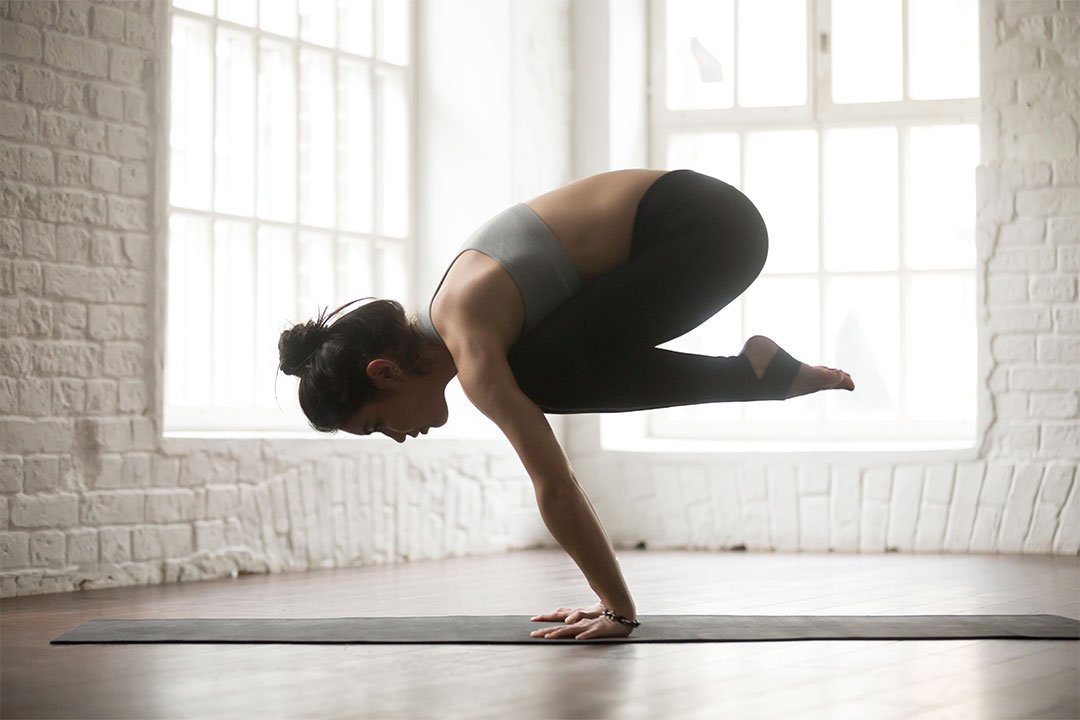
How to Avoid Breaking Your Hip
All of us have taken a fall at some point in our lives especially when we were younger and more active. Unfortunately, as you get older the risks associated with falling become even greater—one in three adults over age 65 takes a serious fall each year.
Balance is something we develop as toddlers when we learn to take our first steps. However, we tend to forget that balance is a “use it or lose it” kind of thing, which means it’s important to practice balance throughout our lives, not just when we are older.
So, why is having good balance important? It’s simple: balance means having control.
Good balance helps you walk, get up from a chair without falling, climb stairs without tripping, and bend over without falling. Without good balance, you’ll be setting yourself up for a less-than-stellar lifestyle as you age.
The good news is that balance loss is preventable if you prioritize it now. Here are four simple ways to improve your balance now to reduce your risk of fall-related injuries later in life.
Balance training isn’t just for gymnastics or yoga— no matter how active you are, you can benefit from adding balance exercises to your fitness routine.
If you aren’t very active or are just starting out, standing on one leg is a great way to develop good balance. Start by standing on one leg and moving your arms up and down.
Once you’ve mastered the one-legged stance, try standing on one leg and bending down to pick an object up in front of you (like a book or keys), all while keeping your balance.
If you are mid-advanced level, try doing single leg deadlifts and adding weight once you master good form.
Walk Heel-to-Toe
There is a reason that the heel-to-toe walk is used as a sobriety field test by cops— it’s a great test of a one’s balance. Heel-to-toe walking will allow you to practice your balance and it can be done anywhere, anytime.
Start by taking 20 steps forward, heel-to-toe. Then walk backward, with toe to heel, in a straight line. As your balance improves increase the number of steps you take each day.
Get a Good Night’s Rest
A lack of sleep doesn’t just make you cranky, it can also make you less steady on your feet and increase your risk of falls.
A recent study by the California Pacific Medical Center found that older women who typically slept between 5 and 7 hours each night were 40% more likely to fall than those who slept longer. So, make sure you are getting enough sleep.
Plank Longer...Get Stronger
Your balance actually stems from your core therefore, keeping it strong is one of the best ways to reduce your risk of falling. People with weak core muscles are actually more prone to falls as well as decreased mobility in the spine, slower reflexes and at risk for lower back injuries.
Yes, core strength is important so how do you keep it strong? The answer is simple: planking.
The plank exercise is a great way to increase your core strength while also holding your body in a position that challenges your balance. Increasing your planking time each day keeps your core muscles activated and alert so that you can quickly regain your balance the next time you stub your toe on an uneven sidewalk or slip on a patch of ice.
In Conclusion
Having good balance will not only reduce the risks of serious falls as we age but it also has been proven to provide cognitive benefits as well. In fact, research has shown that balance training improves memory in healthy adults.
Improving your balance may not be number one on your priority list, but it absolutely should be.
**Keep safety in mind at all times when performing balance exercises: remove objects around you and stand near a wall or stable surface in case you lose your balance. If you suspect severe balance issues, always consult with a medical professional before performing exercises.